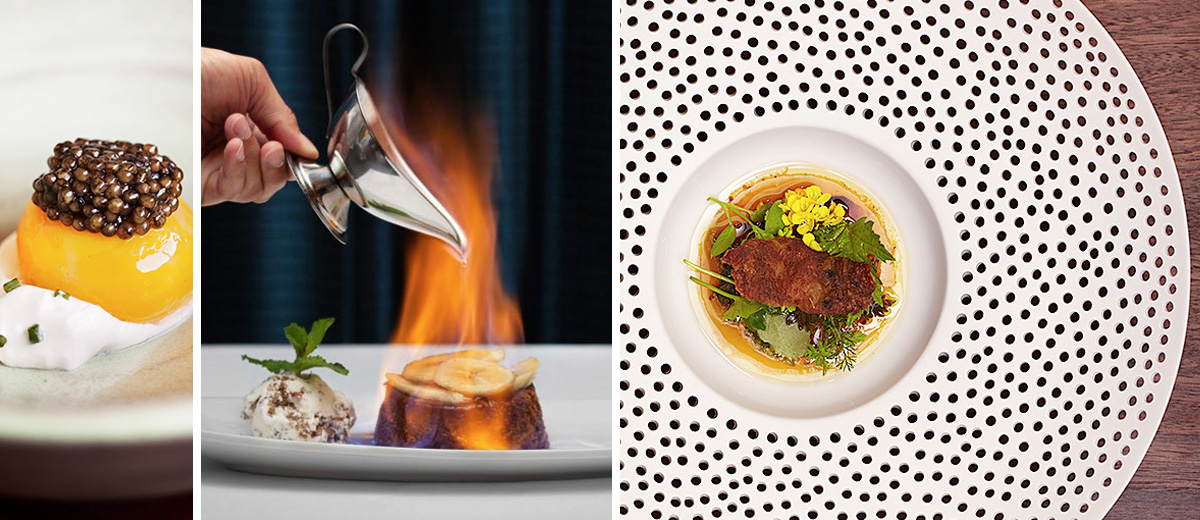5 Tips on How to be a Better Food Photographer. Whether you’re shooting with a fancy SLR or the ubiquitous camera phone, these tips are for you. Chef’s Roll member Caren Alpert, who has shot for brands including Bon Appetit, Gourmet, and Food & Wine Magazine, shares 5 valuable tips on how to get the perfect picture. Remember, “Presentation is Everything.”
Note: Caren Alpert will be teaching an exclusive photography class at the Los Angeles Center of Photography on July 18th. Please click here for details.
#1. Pay attention to light source
Being keenly aware of your light source is critical to your final image. While you may not realize it, photography is 75% lighting! Try to make sure your light source is something you can control. If you can’t control the elements, make sure you can control what light hits your subject. The beauty is in the lighting…I promise.
#2. Check the corners
Always check the corners of your frame/composition in camera lens. Very often, budding photographers concentrate on what’s in the middle of the frame, but the edges are important real estate, too! Edges are important both for the elements you want to eliminate OR include in your shot.
#3. Wax On
Wax paper, or something very similar (think velum, white parchment paper, tissue paper, etc…) is an easy and inexpensive way to diffuse nasty overhead light. Keeping a piece of it rolled up in your kit can be a lifesaver when you want to avoid deep shadows in your pictures.
#4. What do foil and FedEx have in common?
When in a jam, both foil (found in any kitchen) and white FedEx boxes (usually found in outgoing trash cans) are great sources for bouncing light. You can use these if you find yourself needing more light around your set. Don’t think that you need fancy lighting all the time!
#5. Scale
In this day and age of fancy food prep, don’t forget to have an element in your shot that provides sense of scale. Unless you are shooting a very artsy, hardback coffee table cookbook, most people want to see something that can make the image approachable. By adding elements that gives scale, your reader/viewer can be more informed about the size/shape/texture of what they are looking at.
To learn more about Caren Alpert, please visit her Chef’s Roll Industry Profile and exclusive Chef’s Roll interview here.


